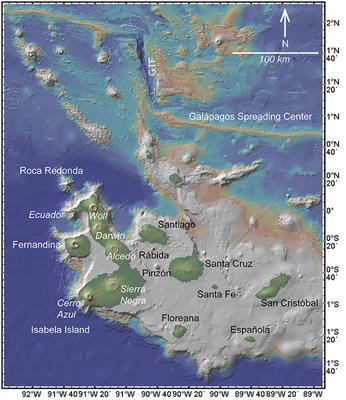EDITORIAL
Published on 31 Mar 2020
Editorial: Ocean Island Volcanoes: Genesis, Evolution and Impact
doi 10.3389/feart.2020.00082
- 2,832 views
- 4 citations
10k
Total downloads
74k
Total views and downloads
EDITORIAL
Published on 31 Mar 2020
ORIGINAL RESEARCH
Published on 28 May 2019
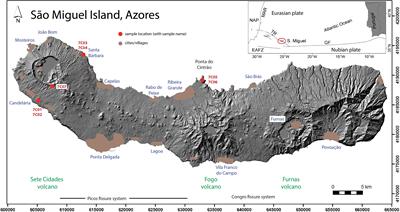
HYPOTHESIS AND THEORY
Published on 04 Jan 2019
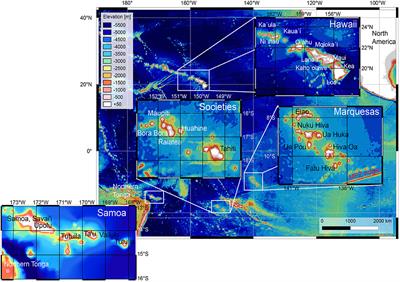
REVIEW
Published on 20 Nov 2018
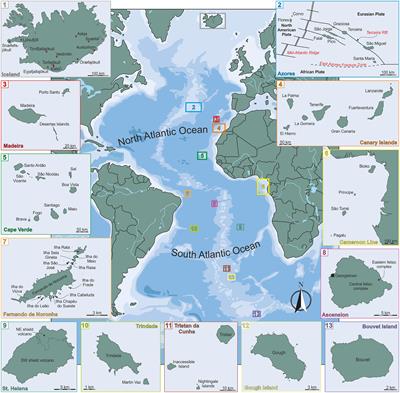
ORIGINAL RESEARCH
Published on 09 Nov 2018
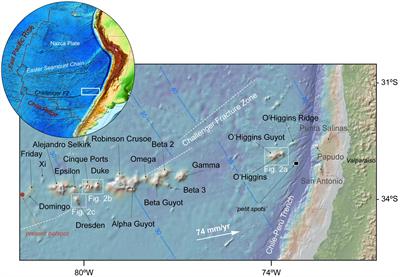
ORIGINAL RESEARCH
Published on 07 Sep 2018
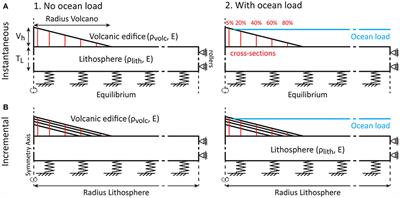
ORIGINAL RESEARCH
Published on 04 Sep 2018
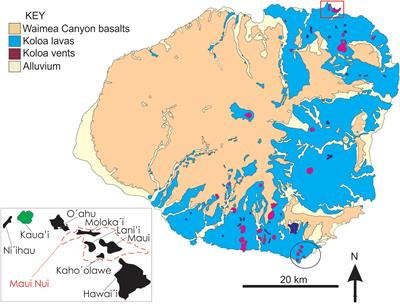
ORIGINAL RESEARCH
Published on 03 Jul 2018
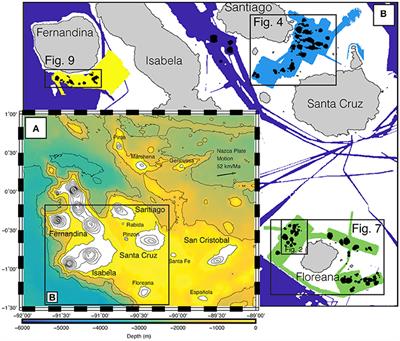
ORIGINAL RESEARCH
Published on 13 Jun 2018
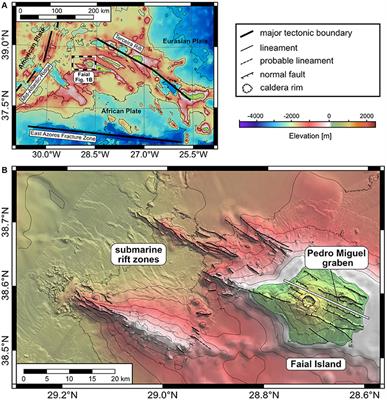
HYPOTHESIS AND THEORY
Published on 08 May 2018
